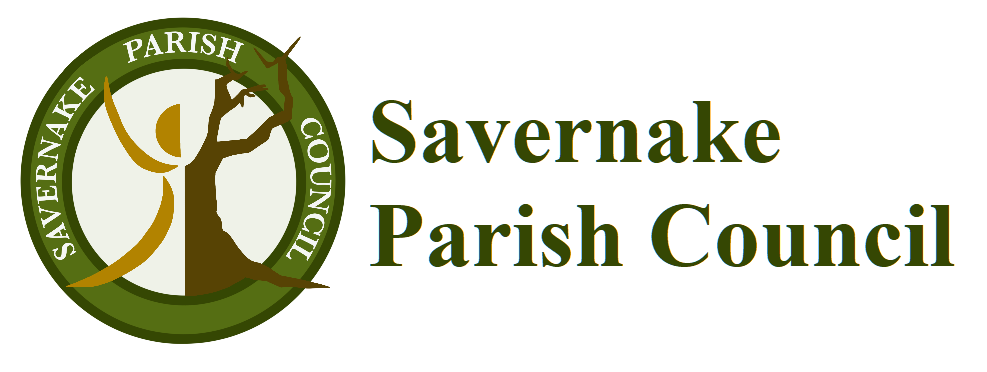Forestry England update - February 2025
14/01/2025
Early signs of spring from snowdrops to birds nesting are slowly appearing at Savernake Forest.
Exciting findings suggest that we could see the best year for Purple Emperor butterfly numbers since 1975. Of course, it is still too soon to confirm if this will be the case. Last year was a very poor year for butterflies, particularly the Purple Emperor, due to frequent bad weather during the spring and summer months.
But early signs show that the hibernating Purple Emperor larvae appear to be wintering remarkably well, due to unusually low numbers of predatory titmice (a type of bird). If this continues, and the weather is fine at the end of May into June, we could see an all-time great Emperor season in the summer - fifty years on from the great Emperor season! So watch this space...
Our timber harvesting works at Savernake Forest have been very start-stop over the last year due to the wet weather. As we try to reschedule the works from winter 2023 – and protect the ground – we hope to resume them during the summer months.
Different bird species have overlapping breeding seasons and some can nest all year-round! This makes it tricky, as a working forest, to delicately balance felling trees whilst protecting some of the wildlife that inhabits them. Harvesting trees is an important part of sustainable forestry because well-managed forests support more wildlife. Before starting work we carry out surveys for birds, mammals, rodents, invertebrates, fungi, and native plants, such as bluebells. We consider these against complex factors including tree health, how the ground slopes, soil condition, and likely rainfall when planning work that will support our long-term management plan.
We do what we reasonably can to avoid disturbing or damaging birds’ nests. We also take extra care to look for wildlife that has special protection, including badgers, bats and rare or threatened birds. We either suspend or alter work to make sure this special wildlife is protected. Unfortunately, there is no completely risk-free time to work. Working in the wetter, winter months risks causing long term damage to soils.
Protecting soil is important for the whole forest ecosystem and means we often need to work in drier conditions, which are more likely to fall within the bird breeding season. Whilst we would prefer to work in the summer, we are restricted again due to European Protected Species and have a limited window during the year in which to carry out operations.
Each site is different and operations can start, and then appear to stop midway through, and may look unfinished for a time, before we return to complete and reinstate paths and tracks.
As ever, if you have any questions about Forestry England’s work in Savernake Forest, please drop us a line to westengland@forestryengland.uk
by Nikki Morgans, Area Forester

